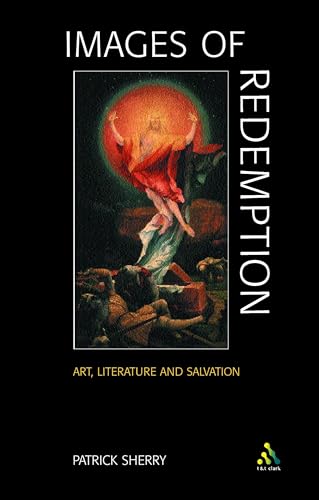SHADES OF SHEOL: DEATH AND THE AFTERLIFE IN THE OLD TESTAMENT
Written by Philip S. Johnston Reviewed By Bob FyallThis is, by any reckoning, a significant and comprehensive work and will probably replace Nicholas Tromp’s Primitive Conceptions of Death and the Nether World in the Old Testament. It is learned, well-written and accessible to the non-specialist. It illuminates many puzzling texts as well as setting the OT material in its ancient Near Eastern context.
The material is well presented with Part A examining OT concepts and images of death and Part B exploring the realm of the dead. Part C examines links of living and dead, looking at such issues as necromancy, and Part D looks at the OT and the after life.
In Part A, chapter 1 has a most interesting discussion of the diverse and complex nature of the OT’s depiction of death. Perhaps these are less related to context than they might be—e.g. ‘Death as a friend’ (27–28) does not discuss the dramatic significance of the texts in the flow of Job. Chapter 2 usefully surveys burial customs.
Part B has a very extensive and useful discussion of Sheol and its various synonyms or related words. This usefully interacts with past and current scholarship. Part C deals with the dead themselves, helpfully discussing the Biblical rephaim and the Ugaritic rpum. Johnston also demonstrates that arguments for veneration of the dead by the Israelites are very weak.
Part D turns to the OT concept of life after death. Johnston examines briefly the main texts which point beyond this life and to something more than simply oblivion in Sheol. He also examines comparable material from Egypt, Mesopotamia, Ugarit, Persia, and Greece. A brief—tantalisingly so—conclusion points to the NT.
This is plainly destined to become a standard work and one which will be consulted with great profit by all who work in the many areas which Johnston so helpfully illuminates. It has an extensive bibliography and a ‘useful index of biblical and other texts’.
I have, however, one or two reservations. The first is literary. Johnston, for example in his comments in Job and Qoheleth says little about the flow and structure of these books. Job says many things about Death and Sheol but these must be examined in context. They are often dramatic, revealing more of Job’s state of mind than giving theological information about life after death. Similarly Qoheleth’s ‘under the sun’ perspective is not sufficiently underlined.
Also, Johnston has less theological commentary than we might wish. His discussion of Job 19 (2, 9, 214) misses certain dimensions because he gives, in my view, insufficient weight to the canonical context of Job, as well as the context of the passage in the book itself. We must look at the entire OT concept of goel(redeemer) and see what light that throws on the Job passage. Similarly, Johnston is too ready to assume (227) that even if Isaiah 24–27 and Daniel are pre-exilic, that the view of resurrection ‘remained theologically unassimilated into Israelite faith’. This depends on a particular interpretation of e.g. Job 19, Psalm 16, Psalm 17 etc. which does not do justice to the canonical setting. It is also a pity that his conclusion only nods in direction of the NT.
That said, this is a rich and welcome book. Even if my reservations on theology are accepted, Johnston has given us a well-presented and well-digested foundations on which to build our own theological edifices. This should find a place on the shelves of all seriously interested in the study of the OT.
Bob Fyall
Rutherford House, Edinburgh







